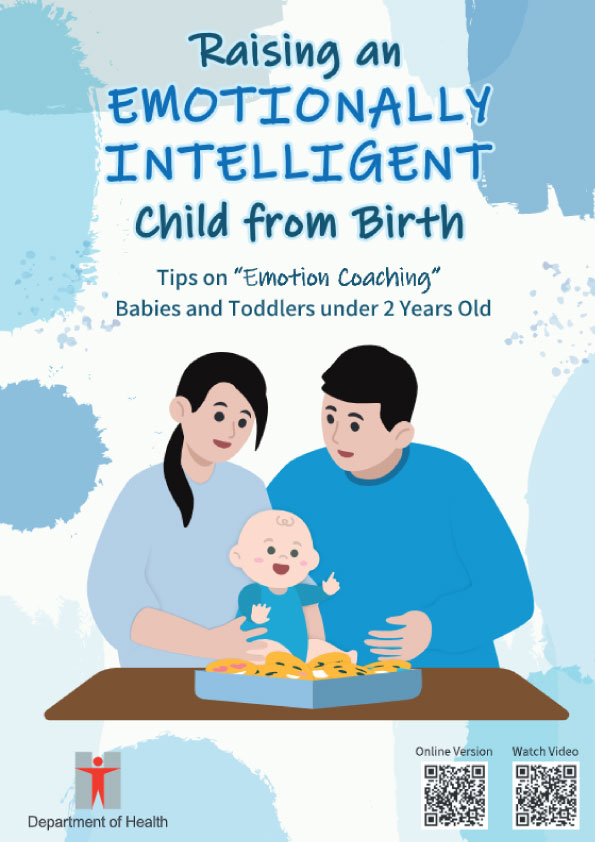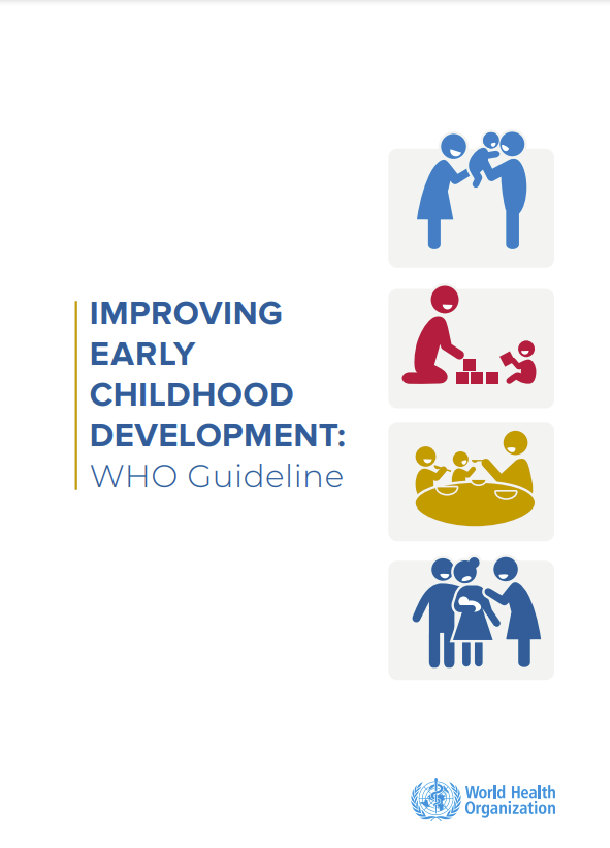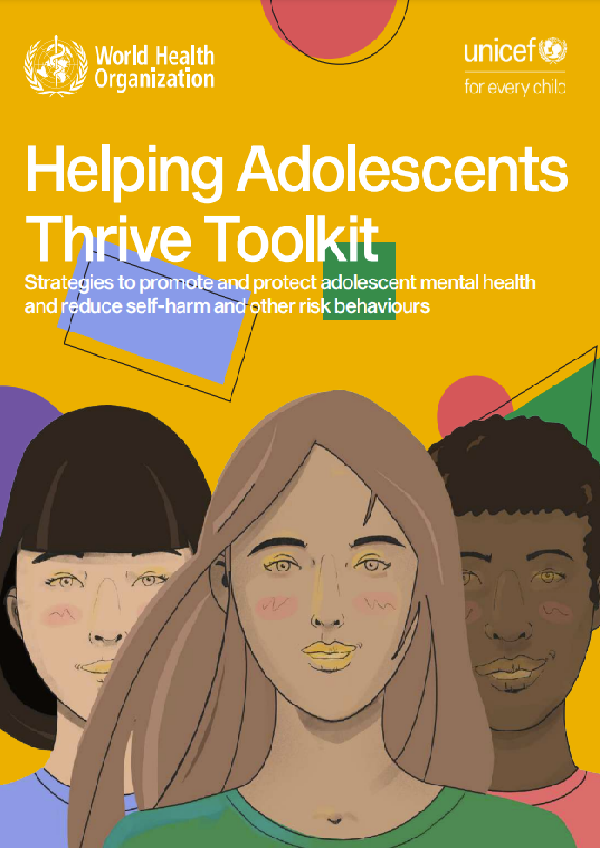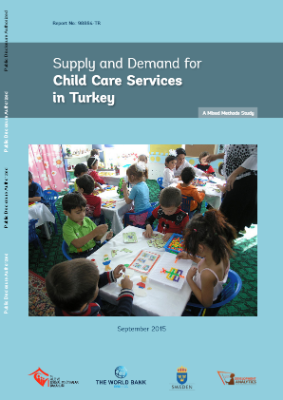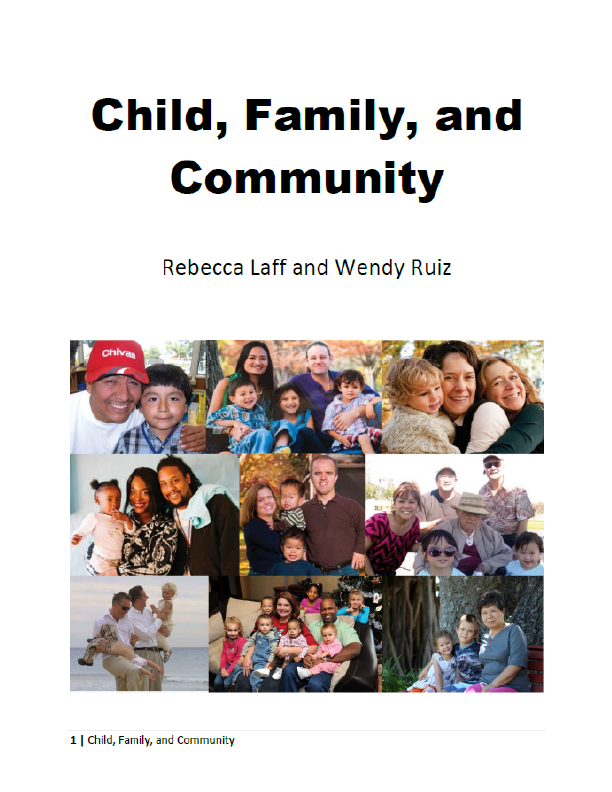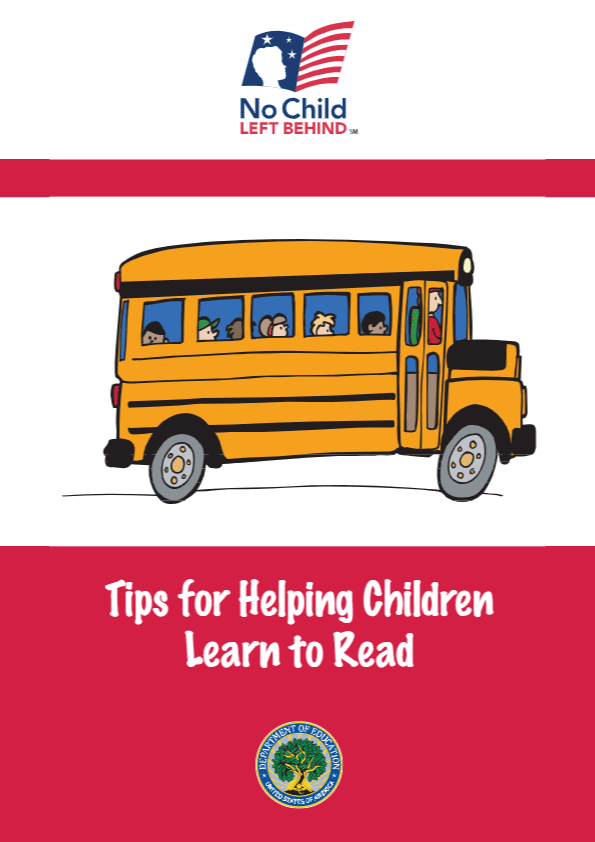As your baby grows, have you, as a parent, noticed that her emotional expressions are becoming more complex? When your child laughs happily with you during play, you probably feel pleased and delighted. On the other hand, when she is angry, scared or throwing a tantrum, how do you feel? What is your usual response?
- Try to distract her or make her laugh, such as playing peek-a-boo with her
- Tell her that it does not matter, and she does not need to cry
- Tell her that she “looks ugly”, “nobody likes you that way”, etc.
- Cheer her up with snacks or toys
- Tell her firmly to stop whining
- Give in to her and follow her will, even if what she does is inappropriate
These responses, whether downplaying or suppressing the emotions, or giving in to make the emotions go away, are common and likely well-intended attempts to help the child calm down and cooperate as quickly as possible. However, they somehow suggest that the child should not have these emotions. Research shows that if parents always respond to children’s emotions in these ways, they are more likely to have difficulties in regulating emotions and behaviours; instead, addressing children’s emotions positively with empathy, and providing guidance in emotion regulation and effective problem-solving, may foster Emotional Intelligence (also known as emotional quotient, or “EQ”).
“EQ” refers to the ability to recognise, regulate and express emotions; high “EQ” is found to associate with:
- Stronger attention and better academic performance
- Higher self-control and fewer behavioural problems
- Stronger social competence
- Better health
- In the long run, greater resilience, and better interpersonal relationships
Learn More about Emotion to Foster High EQ!
We are all born with emotions, positive and negative, which are natural and spontaneous responses of varied intensity that serve the functions of prompting us to take care of our needs, respond to our immediate situation, as well as communicate and connect with others. We may have different emotional reactions to the same event, there is no right or wrong way to feel and it is not helpful to compare them. We could avoid becoming overwhelmed and effectively manage emotions through noticing, understanding, and accepting them.
Consider a baby’s crying as an example – since birth, she cries to express her feelings when her needs (e.g. hunger, discomfort, or upset upon separating from the caregivers) are not met; this allows her caregivers to realise and respond to her needs promptly, while simultaneously serving the function of communicating and connecting with the caregivers.
The Key to Foster High EQ
To raise an emotionally intelligent child, you need to respond sensitively to your child’s emotions and needs to let her feel understood and accepted. Nonetheless, children at this stage have limited language abilities, how could you respond positively to your child’s emotions?
Tips on Emotion Coaching*
Tip (1) Be Attentive: notice the changes in emotions and states of both your child and yourself
If you could soothe your child and respond to her needs before her feelings get intense, she could calm down more easily. Observe her pattern of emotional changes from time to time so that you may pick up on or deduce what upsets her more easily.
At the same time, do not overlook your own emotions; it is difficult to respond sensitively to your child when you are upset. Take a few deep breaths or drink some water to calm yourself before you “emotion coach” your child!
Tip (2) Change Perspective: be understanding and take the opportunity to connect with your child
When your baby cries non-stop, thoughts such as “I’ve had enough!” “What a fusspot!” may inevitably pop into your head. However, from another perspective, your child needs the caregiver’s help because she cannot satisfy her own needs and she does not know how to express and control her emotions yet. As you patiently support her through her distress, it is also a valuable opportunity for intimacy and bonding.
It is far from easy to change perspective if your child is having emotions while you are in a rush or tired. You may try to come up with some simple phrases to work as self-reminders, such as “My baby couldn’t help it!” “This is a moment for connecting with my child!” which may help you accept her emotional responses at more challenging moments.
Tip (3) Express Empathy: Show understanding
By responding sensitively and timely to your child’s feelings and experiences, you not only help her feel understood and accepted, but also facilitate her to go through and express her emotions as she calms down gradually.
Children under two years of age have limited language abilities, here are two techniques to help you express empathy:
3.1: Mirroring your child’s expressions and tone
While your child has limited verbal comprehension skills, she could sense the emotions underlying the caregivers’ facial expressions and tone of voice. Thus, copying your child’s facial expressions and talking to her in a matching tone could help her feel understood.
3.2: Describe what your child is going through
Try to see things from your child’s perspective and describe her present feelings and experiences using simple terms in line with her abilities; in addition to soothing her, she could also feel your support and love.
When a child is upset or angry, trying to calm her down by making her laugh may unintentionally deny her emotions. Try to show your understanding first, and use this kind of distraction technique when the child is less agitated!
* This leaflet has been developed by adapting the 5 steps of “Emotion Coaching” for children under 2 years old; for more details, please refer to the leaflet “Raising an Emotionally Intelligent Preschooler“.
Example Scenarios
The following scenarios are written to help parents understand how to apply the above tips to “emotion coach” your child at different stages:
Scenario A: Your several-months-old baby keeps crying in the middle of the night
- Be Attentive: you observe your baby’s condition and identify her needs. At the same time, you feel a bit upset.
- Change Perspective: your baby may be unsettled for some reason, remind yourself that she needs your company and comfort.
- Express Empathy: you try mirroring by frowning and softly describe her experience; you may also sigh, hum simple tunes and move gently according to the mood, so she could sense your love and care.
It is not easy to calm crying babies, especially in the first few months of life, and it is sometimes impossible to identify the cause of crying. Be aware of your own emotions when you are trying to soothe a crying baby; when you start to feel irritated or frustrated, you may ask your family members to take over or leave her alone in a safe place, give yourself some space to calm down before you continue to care for her. To understand more about responding to a crying baby, please refer to the leaflet “Baby’s Crying“.
Scenario B: During your relatives’ visit, your baby cries when one of them tries to pick him up while he is playing
- Be Attentive: your baby may be wary of strangers and becomes scared when being lifted suddenly during playtime. At the same time, you and your relative may feel embarrassed.
- Change Perspective: you may remind yourself that despite the awkward atmosphere, responding to and guiding your baby when he’s scared are your priority, and this is a moment for connection.
- Express Empathy: try to imitate your baby’s expression and comfort him gently, “Oh you’re scared! It’s a bit scary to be picked up suddenly!” Then cuddle him and let him calm down.
Scenario C: When you are busy preparing dinner, your toddler asks you to play with him outside the kitchen
- Be Attentive: you notice that your child is happy and longs for your company; yet you are a bit annoyed as you want to finish preparing for the dinner first.
- Change Perspective: although you are occupied, you may remind yourself he just does not understand why you could not play with him yet, and he does not mean to disturb you.
- Express Empathy: you may respond by mirroring his happy expression and describing his feelings and experience in a matching tone, e.g. “You’re having so much fun!” or “You really want me to play with you!”, to let him feel that you share his happiness. You may then spend a few minutes playing with him if possible, or tell him to play at a spot within your sight, “Play here so I can see you when I cook.” Give him some attention every now and then.
Whether it is dealing with your child’s negative emotions or rejoicing in her happiness, you can use these techniques to enhance parent-child relationship, foster her sense of security, and guide her to learn to regulate her emotions. Responding to your child’s emotions with empathy will not spoil her; on the contrary, children who feel accepted are calmer and cooperate more readily. By positively addressing your child’s emotions and applying the principles of positive parenting, you can guide your child to learn discipline and self-control effectively. For more information on positive parenting, please refer to “Discipline Your Toddler in a Positive Way“.
No parent can always be sensitive and responsive to their child’s needs. Your child’s sense of security and emotional development could be facilitated as long as you consistently try to respond to her emotions using the above tips. Besides, often observe your child’s temperament, preferences, and daily routines, etc. may help you attune to her needs and enhance parent-child relationship.
The tips on “emotion coaching” will evolve as your child grows, you may refer to “Raising an Emotionally Intelligent Preschooler” for more details.
It also challenges your “EQ” when you try to be your child’s emotion coach since her early years, so you need to take good care of your emotional needs too!
